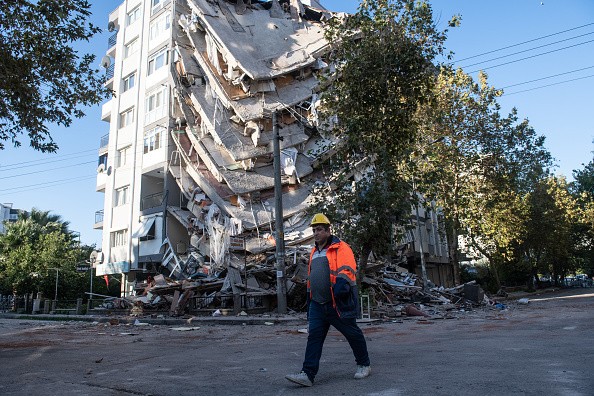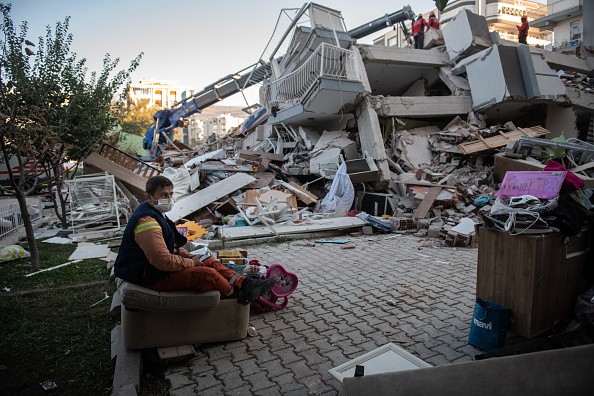According to new research, more than half of all buildings in the United States are located in hazardous hotspots, susceptible to hurricanes, floods, wildfires, tornadoes, and earthquakes.

Places Prone to Natural Disasters
Areas prone to such natural disasters make up just one-third of the United States mainland, and yet most modern development to date has taken place in these very spots. In 1945, approximately 173,000 structures, including schools, hospitals, homes, and office buildings, were sited in hotspots for not less than two separate kinds of natural disasters.
Seven decades later, that number has now gotten to more than 1.5 million buildings, and development in these places is still growing rapidly. Virginia Iglesias, a climate scientist from the University of Colorado Boulder said: "We are aware that climate change is boosting the risk of damage from some natural hazards, but are losses also increasing due to the way we are developing our cities, our towns?"
Sadly, the answer to that question seems to be yes. In fact, urbanization, instead of climate change, was discovered to be the major cause of structural losses from natural disasters. Nor is it just cities and their residents that are unprotected.
Also Read: 5 Deadliest and Most Destructive Natural Disasters in History
Structures Susceptible to Earthquakes and Hurricanes
Losses can ripple outwards, expanding supply-chain disruptions, unemployment, business closures, and displacement to rural regions also.When scientists made a map of hazard hotspots on the United States mainland and made a comparison of these zones to historical land development, they discovered a worrying overlap.
In spite of recent efforts to better spot where natural disasters are likely to take place, far too many structures in known hazard zones are still built. And that's before the account of climate change's impact on natural disasters is taken. The density of structures susceptible to earthquakes and hurricanes seems to have increased the most.
Buildings in hurricane-prone regions have shot up three-fold since 1945, compared to development in the rest of the country. This means there is a possibility that far more people will be exposed to hurricanes in time to come, especially as climate change boosts the intensity and frequency of the storms.

Effects of Natural Disasters
The risks are mostly limited to the east coast and states around the Gulf of Mexico, where hurricanes are specifically common. In 2017, for example, Hurricane Harvey hit Texas and Louisiana, bringing about 75,000 building-related insurance claims.
The destruction affected the poorer areas the most. Many poor groups were displaced from their homes and got little assistance. Iglesias explains: "Vulnerability matters. There's proof that natural disasters aggravate socioeconomic inequality."
"If we want to make decisions that increase the ability of communities to survive with natural hazards effectively, we need to know where susceptible populations live, and the particular hazards they're exposed to."
For more news, updates about natural disasters and similar topics don't forget to follow Nature World News!
© 2025 NatureWorldNews.com All rights reserved. Do not reproduce without permission.





